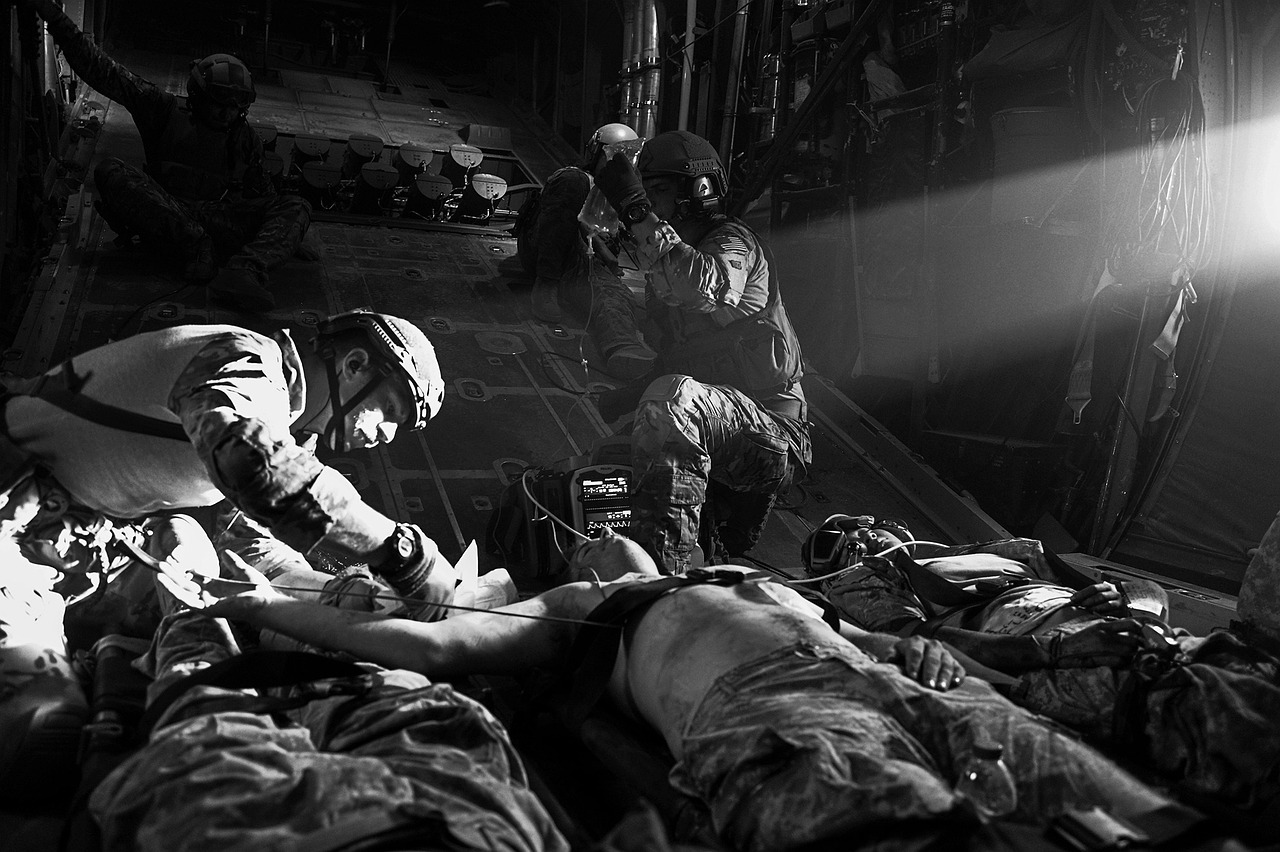The Models of Communication Cables
The Models of Communication Cables are important for understanding the construction and performance of these cables. There are several models available, each with its own unique characteristics and applications. Some models are designed for specific types of communication, such as telephone or internet cables, while others are more general and can be used for multiple purposes. The Models of Communication Cables also specify the materials used in their construction, such as copper or fiber optic cables. Understanding these models can help to ensure that the right type of cable is selected for a particular application, and can aid in the maintenance and repair of these cables as well.
Communication cables are essential components of any telecommunications network, playing a crucial role in transmitting signals from one point to another. Given the vast array of communication cables available on the market, it is essential to have a clear understanding of the different models and their specific characteristics to ensure the most suitable selection for a given application. This article will explore some of the common models of communication cables and their associated features.
One of the most widely used models of communication cables is the coaxial cable. Coaxial cables consist of a central conductor surrounded by a layer of insulating material, which is then covered by an outer conductor and a protective sheath. This design allows for high-speed data transmission with low loss rates. Coaxial cables are commonly used in cable television systems, as well as for connecting antennas and other radio equipment.
Another model is the twisted pair cable, which consists of two insulated wires that are twisted together to form a single cable. Twisted pair cables are commonly used for telephone lines and Ethernet networks. They provide good performance at low frequencies but may not be suitable for high-speed data transmission due to their limited bandwidth.
Optical fibers are also widely used in communication systems, offering high-speed, high-capacity data transmission with low loss rates. Optical fibers consist of thin, flexible strands of glass or plastic that are capable of carrying signals over long distances without interference. They are commonly used in telecommunications networks, cable television systems, and fiber-optic sensors.

Shielded cables are also commonly used in communication systems to protect against electromagnetic interference. These cables have a layer of conductive material wrapped around them to shield the internal wires from external electromagnetic fields. Shielded cables are commonly used in high-performance systems that require low noise and high reliability, such as medical imaging equipment and high-speed data centers.
Finally, there are also a number of specialized cables designed for specific applications, such as underwater cables, aircraft cables, and high-temperature cables. These cables are typically designed to meet the unique requirements of their intended environment or application, offering improved performance and reliability over standard cables.

In conclusion, it is essential to have a clear understanding of the different models of communication cables and their specific characteristics to ensure the most suitable selection for a given application. Coaxial cables, twisted pair cables, optical fibers, shielded cables, and specialized cables each have their own unique features and applications, making them essential components of any telecommunications network.
Articles related to the knowledge points of this article:
Title: Understanding the Jiangsu HYA Indoor Communication Cable Model
Title: Questions on Communication Cable Course
Title: Pingyang Telecommunications Cable Recycling Local Quotation
Communication Blackout: The Devastating Impact of Cable Cuts on Telecommunications Infrastructure